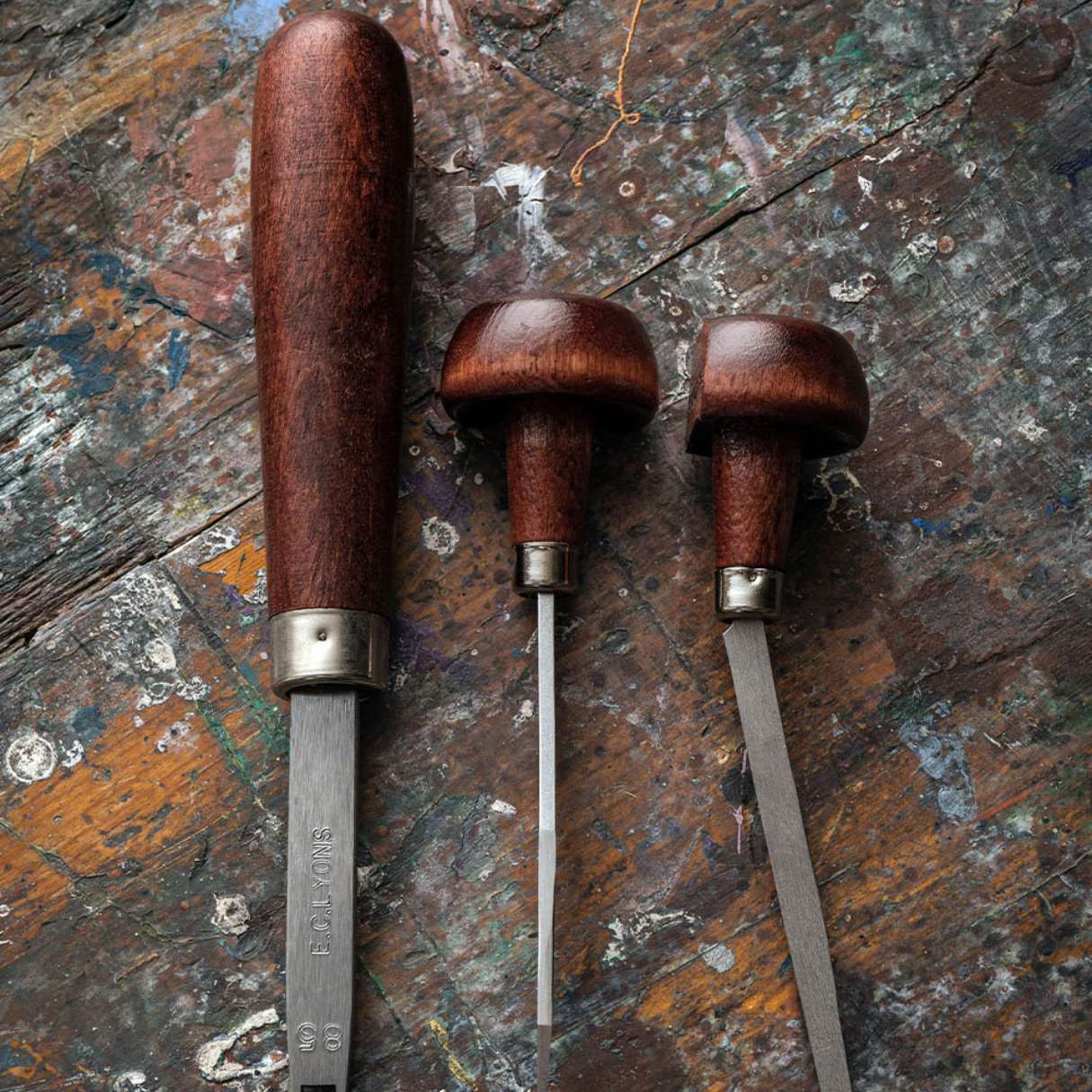

Articles
What Hand Tools To Use For Etching
Modified: December 7, 2023
Discover the essential hand tools you need for etching in this informative article. Enhance your etching skills with the right tools and techniques.
(Many of the links in this article redirect to a specific reviewed product. Your purchase of these products through affiliate links helps to generate commission for Storables.com, at no extra cost. Learn more)
Introduction
Etching is a popular technique used in various art forms, including printmaking, metalwork, and even glass engraving. It involves the process of creating intricate designs or patterns by selectively removing material from a surface. While etching can be done using modern technology, traditional hand tools are often preferred for their precision and artistic control. In this article, we will explore the different types of hand tools used for etching and how they play a crucial role in achieving stunning and detailed results.
Whether you are a professional artist, a hobbyist, or simply someone interested in exploring the art of etching, understanding the various hand tools available is essential. Each tool serves a specific purpose and contributes to the overall quality of the etching.
From etching needles to burnishers and scrapers, let’s dive into the world of hand tools for etching and discover how they can elevate your etching skills to new heights.
Key Takeaways:
- Mastering the art of etching requires precision and control with a variety of hand tools, from etching needles to mezzotint rockers, each contributing to the creation of stunning and detailed etched artwork.
- The diverse range of hand tools for etching, such as the diamond point scriber and roulette, offers artists the opportunity to unleash their creativity and achieve unique effects, adding depth and visual interest to their etched images.
Read more: What Hand Tools Do Farmers Use
Types of Etching Tools
Etching tools can be categorized into different types based on their function and the specific etching technique they are used for. Understanding these categories will help you choose the right tools for your projects and ensure that you achieve the desired results. Here are some common types of etching tools:
- Etching Needles: These are fine-pointed metal needles used to create lines and details on the etching plate. They come in various sizes and can be used for different types of etching techniques, such as drypoint and engraving.
- Burnishers: Burnishers are smooth, rounded tools used to polish and smooth the surface of the etching plate. They can also be used to remove unwanted ink from the plate, creating subtle effects and textures.
- Scrapers: Scrapers are sharp-edged tools used to remove larger areas of material from the etching plate. They are particularly useful for creating textures and shading in the etched image.
- Burins: Burins are specialized engraving tools with a sharp and slightly curved blade. They are used for precise and controlled line work in etching and engraving.
- Scribes: Scribes are pointed tools used for scoring or drawing on the surface of the etching plate. They allow the artist to create fine lines and details with ease.
- Diamond Point Scribes: These scribes have a diamond-shaped tip, which allows for more intricate and delicate line work. They are commonly used in intaglio and glass etching.
- Drypoint Needles: Drypoint needles have a sharp point and are used to scratch lines directly into the surface of the plate. They create a rich and expressive line quality in the etched image.
- Mezzotint Rockers: Mezzotint rockers are specialized tools used in the mezzotint etching technique. They have a curved blade with a serrated edge, which is rocked back and forth on the plate to create a textured surface.
- Roulettes: Roulettes are wheel-like tools with small, sharp points on their surface. They are used to create patterns, textures, and shading effects in etching.
These are just a few examples of the hand tools available for etching. Each tool offers a unique capability and can greatly enhance your etching process. It’s important to experiment with different tools to find the ones that best suit your style and artistic vision. With the right combination of tools and techniques, you can create stunning etchings that showcase your creativity and skill.
Hand Tools for Etching
When it comes to etching, using the right hand tools is crucial to achieve the desired results. These tools allow artists to have a high level of control and precision over the etching process. Let’s explore some essential hand tools for etching:
- Etching Needle: The etching needle is a versatile tool commonly used in etching. It has a sharp, pointed tip that allows artists to create fine lines and details on the etching plate. The size of the needle can vary, providing options for different line thicknesses and textures.
- Burnisher: A burnisher is a smooth, rounded metal tool used to polish and smooth the surface of the etching plate. It can also be used to remove excess ink or make corrections. By applying pressure and rubbing the burnisher on the plate, the artist can achieve a polished and refined look.
- Etching Scraper: An etching scraper is a sharp-edged tool used to remove larger areas of material from the etching plate. It enables artists to create different textures, shading, and effects. By manipulating the scraper on the plate, varying line thicknesses and depths can be achieved.
- Etching Burin: The etching burin is a specialized engraving tool with a sharp blade. It is used to create precise and controlled line work in the etching plate. By incising the plate, the artist can achieve crisp and well-defined lines.
- Etching Scribe: An etching scribe is a pointed tool used for scoring or drawing on the surface of the etching plate. It allows artists to create fine lines and details with ease. The size and shape of the scribe can vary, providing artists with options for different line thicknesses and effects.
- Diamond Point Scriber: This tool has a diamond-shaped tip that allows for intricate and delicate line work. It is commonly used in intaglio and glass etching to create precise and detailed designs.
- Drypoint Needle: A drypoint needle has a sharp point and is used to scratch lines directly into the surface of the plate. By varying the pressure and angle, artists can create rich and expressive lines that add depth and texture to the etched image.
- Mezzotint Rocker: The mezzotint rocker is a specialized tool used in the mezzotint etching technique. It has a curved blade with a serrated edge that is rocked back and forth on the plate to create a textured surface. This texture holds the ink and produces a wide range of tonal values in the final print.
- Roulette: A roulette is a wheel-like tool with small, sharp points on its surface. By rolling the roulette across the surface of the plate, artists can create patterns, textures, and shading effects. Different types of roulettes produce varying line thicknesses and patterns.
These hand tools for etching provide artists with the necessary control and precision to bring their creative visions to life. Experimenting with different tools and techniques helps artists develop their own unique style and achieve stunning etched artworks.
Etching Needle
The etching needle is a fundamental tool in the art of etching. It is a fine-pointed metal needle that allows artists to create intricate lines and details on the etching plate. The size and shape of the needle can vary, offering versatility in line thickness and texture.
When using an etching needle, the artist holds it like a pen or pencil and applies controlled pressure to create lines on the plate. The needle’s sharp tip easily scratches into the surface, leaving a mark that will hold ink during the printing process.
Etching needles are often used in various etching techniques, such as drypoint and engraving. In drypoint, the needle scratches directly into the plate, creating a burr along the incised lines. This burr holds ink and produces a characteristic rich and expressive line quality in the final print. Engraving, on the other hand, involves cutting deeper lines into the plate with the needle, which are then inked and printed.
The etching needle allows artists to achieve a wide range of effects and styles in their etchings. By varying the pressure, angle, and speed of the needle, they can create thin, delicate lines or bold, expressive strokes. The choice of needle thickness and shape also influences the outcome, with fine needles producing detailed lines and broader needles creating bolder marks.
One advantage of using an etching needle is the ability to make corrections and adjustments easily. If a line needs to be modified, the artist can simply scrape or scratch away the unwanted section, refining the composition as desired.
Etching needles are traditionally made of steel, providing durability for extended use. However, some artists prefer using diamond-tipped needles for their added precision and longevity.
Overall, the etching needle is an indispensable tool for artists engaged in etching. Its versatility and precision allow for the creation of intricate details, adding depth and expressive qualities to the final prints.
Burnisher
The burnisher is a valuable hand tool used in the art of etching and engraving. It is a smooth, rounded metal tool that serves multiple purposes in the etching process. The burnisher is primarily employed to polish and smooth the surface of the etching plate, but it can also be used to remove excess ink and make corrections.
When using a burnisher, the artist applies pressure and rubs the tool on the plate’s surface. The smooth, rounded shape of the burnisher enables it to create a polished and refined look by smoothing out any rough or uneven areas. This process, known as burnishing, can enhance the overall appearance of the etched image by reducing the appearance of scratches or other imperfections.
Burnishers are particularly useful in techniques such as mezzotint and drypoint. In mezzotint, the artist creates a heavily textured plate, known as a rocker, through which the burnisher is used to selectively smooth certain areas, creating tonal variations in the final print. In drypoint, the burnisher is employed to remove excess ink from the plate’s surface, resulting in more controlled and precise printing.
One of the advantages of using a burnisher is its ability to make corrections or remove unwanted marks. If an area of the plate needs adjustment or if there is a mistake, the artist can use the burnisher to gently rub and erase the undesired mark. This versatility allows for greater flexibility and control in the creative process.
Burnishers are typically made of steel or other polished metals to ensure a smooth and even burnishing action. Some burnishers may also have a wooden or plastic handle for a comfortable grip during use.
In addition to its functional uses, the burnisher can also play a decorative role in etching. By selectively burnishing certain areas of the plate, artists can create highlights, add texture, or create subtle shading effects. This adds depth and dimension to the final printed image, enhancing the overall visual impact.
Overall, the burnisher is an essential tool for etchers and engravers alike. Its ability to polish, smooth, and make corrections makes it invaluable in creating beautifully refined etchings and achieving the desired artistic results.
Etching Scraper
The etching scraper is a versatile hand tool used in the art of etching. It is an essential tool for removing larger areas of material from the etching plate and creating various textures and effects in the image.
Etching scrapers are characterized by their sharp-edged blades, which allow artists to carefully and precisely scrape away excess material. By manipulating the scraper on the plate’s surface, artists can achieve different line thicknesses, depths, and textures, adding uniqueness and depth to the etched image.
The etching scraper is commonly used in techniques like drypoint and mezzotint. In drypoint, the artist uses the scraper to scratch lines directly into the surface of the plate. These incised lines retain ink and produce a rich, textured quality in the final print. In mezzotint, the scraper is used to selectively scrape away areas of the plate’s texture, resulting in lighter tones when printed.
The scraper can be held at different angles and applied with varying pressure to achieve desired results. It can be used to remove unwanted marks, refine edges, create shading effects, or add textural detail to the etched image. By carefully scraping the plate, artists can create a range of effects, from bold and expressive lines to delicate and nuanced textures.
When working with an etching scraper, it is important to exercise precision and control. The artist must be mindful of the pressure applied and the direction and angle of the scraper to achieve the desired effect without damaging the plate or creating unintended marks.
Etching scrapers are typically made of metal, such as steel, to ensure durability and sharpness. The blades may be flat or have a curved shape, providing artists with options for different scraping techniques and effects.
One of the advantages of using an etching scraper is the flexibility it offers in the creative process. Artists can experiment with different scraping techniques and textures to achieve unique visual effects in their etchings. The scraper also allows for corrections and adjustments, as excess material can be removed to refine the composition as desired.
In summary, the etching scraper is a valuable tool in etching, allowing artists to add texture, depth, and character to their etched images. With skillful manipulation and careful use, the scraper offers endless possibilities for creative expression in the etching process.
Etching Burin
The etching burin is a specialized hand tool used in the art of etching and engraving. It is known for its sharp and slightly curved blade, which allows artists to create precise and controlled line work on the etching plate.
When using an etching burin, the artist holds the tool in a pen-like grip and pushes the blade into the plate’s surface. The slight curvature of the blade helps to control the depth, width, and angle of the incised lines. The burin’s sharp point allows for clean, crisp cuts, resulting in finely detailed and intricate line work.
The etching burin is commonly used in techniques such as engraving, where lines are cut into the plate’s surface with varying degrees of pressure and angle. The artist can achieve different line thicknesses, depths, and expressive qualities by manipulating the burin on the plate.
One of the advantages of using an etching burin is the ability to create controlled and precise lines. The sharp blade cuts through the plate’s surface with minimal effort, allowing the artist to execute intricate and detailed designs. The burin’s curvature also helps in controlling the flow and direction of the lines, resulting in clean and consistent line work.
Etching burins are available in various sizes and shapes, providing artists with options to suit their specific needs and preferences. The size of the burin affects the width of the lines created, while the shape of the blade influences the style and character of the lines produced.
Professional burins are typically made of high-quality steel, ensuring durability and maintaining a sharp cutting edge. The handle of the burin may be made of wood, plastic, or other materials to provide a comfortable grip during use.
The etching burin requires skill and practice to master. Artists must have a steady hand and a keen eye for detail to achieve the desired results. By varying the pressure, angle, and direction of the burin, artists can create a wide range of effects, from delicate and subtle lines to bold and expressive strokes.
In summary, the etching burin is a valuable tool for artists engaged in etching and engraving. Its sharp blade and controlled cutting action allow for precise and intricate line work, contributing to the creation of stunning and detailed etched images.
When etching, use hand tools such as etching needles, scribes, and burnishers for precise and detailed work. These tools allow for control and accuracy in creating your design.
Etching Scribe
The etching scribe is a pointed hand tool used in various etching techniques. It is specifically designed for scoring or drawing on the surface of the etching plate, allowing artists to create fine lines and intricate details with ease.
The etching scribe is similar in appearance to a pen or stylus, with a pointed tip that can be made from materials like steel or diamond. The fine point of the scribe enables artists to scratch lines onto the plate’s surface, leaving precise and controlled marks.
Artists use the etching scribe to create fine lines, crosshatching, or other detailed elements in their etched images. By varying the pressure applied and the angle of the scribe, they can achieve different line thicknesses and textures. The scribe’s versatility allows for detailed rendering and the addition of intricate details to the etching plate.
The etching scribe is commonly used in techniques such as drypoint, engraving, and intaglio. In drypoint, the scribe is employed to directly scratch lines into the plate’s surface, creating a roughness that will hold ink during the printing process. In engraving, the scribe is used to incise lines into the plate, removing material and leaving behind clean and crisp lines. In intaglio, the scribe can be utilized to draw and score the design onto the plate before the etching process begins.
One of the advantages of using the etching scribe is its ease of use and precision. The fine point allows for intricate and delicate line work, making it ideal for adding intricate details, textures, or fine patterns to the etched image.
Etching scribes are available in various sizes and materials, allowing artists to choose according to their specific needs and preferences. Steel scribes are widely used for their durability and affordability, while diamond-tipped scribes offer increased precision and longevity.
With the etching scribe, artists have the flexibility to add fine details and meticulous textures to their etched artworks. Whether creating intricate linework or precise crosshatching, the etching scribe is an essential tool for achieving exceptional detail and finesse in etching.
Diamond Point Scriber
The diamond point scriber is a specialized hand tool used in etching and engraving. It is designed with a diamond-shaped tip, which allows artists to create intricate and delicate line work on various materials, including metal, glass, and plastic.
The diamond point scriber’s unique shape and diamond-tipped point provide artists with exceptional precision and control. The sharpness of the diamond allows for fine, crisp lines that add intricate details to the etched surface.
This tool is particularly useful in intaglio etching techniques, where the artist needs to score or draw fine lines on the etching plate. By applying gentle pressure and dragging the diamond point scriber across the surface, artists can create thin, detailed lines that will hold ink during the printing process.
One of the advantages of using a diamond point scriber is its durability and longevity. The diamond tip is highly resistant to wear, ensuring that it maintains its sharpness over time. This enables artists to consistently achieve precise and clean lines in their etchings, without the need for frequent replacement or sharpening.
The diamond point scriber is a versatile tool that can be used on various materials besides metal. It is commonly used in glass etching to create intricate designs and patterns. The hardness of the diamond allows for precise control when scoring or scratching the glass surface.
Artists appreciate the diamond point scriber for its ability to add fine details, texture, and depth to their etched artworks. The delicate lines created by this tool can enhance the overall visual impact and bring a sense of intricacy to the etched image.
When using a diamond point scriber, it is important to apply steady and even pressure to achieve consistent results. Artists should also take care to maintain a proper grip and control the movement of the tool to ensure clean and accurate lines.
In summary, the diamond point scriber is a valuable tool for artists engaged in etching and engraving. Its diamond-shaped tip provides exceptional precision and control, allowing for the creation of intricate and delicate line work that adds depth and detail to etched surfaces.
Read more: What Should Be Used When Using Hand Tools
Drypoint Needle
The drypoint needle is a specialized hand tool used in the art of drypoint etching. It is designed with a sharp point that allows artists to scratch lines directly into the surface of the etching plate, creating rich, expressive, and textured lines in the final print.
Unlike other etching techniques where acid is used to incise the plate, drypoint entails directly scratching the plate’s surface with the drypoint needle. The pressure applied by the artist determines the depth and width of the lines, resulting in a distinctive and expressive quality in the printed image.
The drypoint needle’s sharp point and handle designed for a comfortable grip enable artists to achieve precise control over the scratching process. By varying the pressure, angle, and direction of the needle, artists can create different line thicknesses, textures, and tonal variations.
One of the distinguishing characteristics of drypoint is the presence of a burr along the incised lines. As the needle scrapes through the plate, it raises a thin ridge of displaced material known as the burr. This burr catches and holds ink during the printing process, resulting in rich, velvety lines with a unique character.
Drypoint needles are available in various sizes, allowing artists to determine the line thickness and intensity of their drypoint work. Smaller point sizes produce finer and more delicate lines, while larger point sizes create bolder and more dramatic marks.
Artists appreciate the versatility and expressiveness of drypoint needles for creating a range of effects in their etchings. From delicate crosshatching to bold and gestural lines, the drypoint technique offers immense creative possibilities.
It’s worth noting that because the burr is fragile, the drypoint image can produce a limited number of prints before the burr deteriorates and the lines gradually become less defined. However, this delicate quality adds a unique charm and exclusivity to each print in a limited edition series.
When working with a drypoint needle, it’s essential for artists to exercise precision and control to achieve the desired results. Careful pressure and controlled strokes ensure consistent line quality and prevent unintended marks or damage to the plate.
In summary, the drypoint needle is a valuable tool for artists wishing to explore the expressive and textural qualities of drypoint etching. Its sharp point and the resulting burr contribute to creating distinctive, rich lines that add depth and character to etched images.
Mezzotint Rocker
The mezzotint rocker is a specialized hand tool used in the art of mezzotint, a unique and labor-intensive etching technique. It plays a crucial role in creating a textured surface on the etching plate, which produces a wide range of tonal values in the final print.
The mezzotint rocker consists of a curved blade with a serrated or toothed edge. It is specifically designed to roughen the surface of the plate, creating tiny pits and indentations that will hold ink during the printing process. The action of rocking the tool back and forth across the plate’s surface is what gives the technique its name.
When using the mezzotint rocker, the artist applies pressure to the tool and rocks it in a repeated motion over the entire plate. This process, known as “rocking in,” creates a dense network of fine dots and lines across the plate’s surface. The result is a textured ground that can range from finely stippled to deeply roughened, depending on the desired tonal effect.
One of the key advantages of the mezzotint rocker is its ability to create a wide range of tones and gradients in the final print. As ink is applied to the plate, it is held in the recessed areas and transferred to the paper during the printing process, producing rich and velvety darks and soft gradations of light.
Mezzotint rockers come in various sizes, allowing artists to achieve different textures and densities in their mezzotint work. Larger rockers with more teeth per inch create a rougher ground, while smaller rockers produce a finer stipple.
Creating a mezzotint can be a time-consuming process, as the plate must be meticulously prepared through rocking and then selectively burnished or scraped to create highlights and details. The mezzotint rocker plays a central role in establishing the initial tonal range and texture of the plate.
It’s important to note that while mezzotint rockers are primarily associated with metal plate etching, they can also be used on other surfaces like wood or acrylic to achieve similar tonal effects.
In summary, the mezzotint rocker is an essential tool for artists practicing the intricate technique of mezzotint. Its curved and serrated blade allows for the creation of a textured ground on the plate, resulting in a wide range of tonal values and rich, velvety prints.
Roulette
The roulette is a specialized hand tool used in various etching techniques to create patterns, textures, and shading effects on the surface of the etching plate. It consists of a wheel-like tool with small, sharp points or ridges on its surface that leave impressions on the plate when rolled.
When using a roulette, the artist rolls the tool across the plate, applying controlled pressure and guiding its movement to achieve the desired effect. The points or ridges on the roulette create a series of small indentations or lines on the plate, adding texture and visual interest to the etched image.
Roulettes are available in a variety of patterns and designs, allowing artists to create different effects in their etchings. Some roulettes have fine, closely spaced points that produce delicate and intricate patterns, while others have broader, deeper ridges that create bolder and more pronounced lines.
The roulette is commonly used in techniques such as etching, aquatint, and mezzotint. In etching, the roulette can be used to add texture or create tonal variations by rolling it across the plate in specific areas. In aquatint, the roulette is used to create a grainy texture on the plate, enabling the artist to achieve softer and more diffuse areas of tone. In mezzotint, the roulette is used to roughen the plate’s surface before smoothing certain areas with a burnisher, allowing for selective tonal variation.
One advantage of using a roulette is the ability to introduce a variety of patterns and textures into the etched image. By experimenting with different patterns and applying varying degrees of pressure, artists can create unique and personalized effects in their etchings.
Roulettes are typically made of metal, such as steel or brass, to ensure durability and precision. The tool may have a wooden or plastic handle for a comfortable grip during use.
It’s important for artists to practice control and consistency when using a roulette to maintain a uniform pattern or texture across the plate. Aligning the roulette carefully and applying even pressure will help achieve the desired results and prevent unintended variations.
In summary, the roulette is a versatile tool for creating patterns, textures, and shading effects in etchings. Its small, sharp points or ridges add visual interest and depth to the etched image, allowing artists to unleash their creativity and achieve unique effects in their artwork.
Conclusion
Hand tools play a crucial role in the art of etching, allowing artists to bring their creative visions to life with precision, control, and artistic flair. The wide array of hand tools available for etching offers artists a diverse range of techniques and effects to explore.
From the etching needle and burnisher to the etching scraper and etching burin, each tool serves a specific purpose, enabling artists to achieve intricate details, textures, and tonal variations in their etched images. The proper selection and skilled use of these tools can elevate an etching from a simple representation to a work of art, rich in depth, expression, and visual interest.
The diamond point scriber and etching scribe provide artists with tools for delicate and precise line work, adding intricate details to their etchings. The drypoint needle offers the opportunity for rich and expressive lines with a distinctive burr, while the mezzotint rocker creates a textured ground that allows for a wide range of tonal values. The roulette adds patterns and textures, becoming a tool for creating unique effects in the etched image.
It is worth noting that mastering these tools requires practice, skill, and patience. Artists must experiment, learn from trial and error, and develop their own techniques and styles. Each artist’s unique approach and execution contribute to the diverse and vibrant world of etching.
Whether you are a professional artist, a hobbyist, or simply someone interested in the art of etching, understanding and utilizing these hand tools will enhance your ability to create stunning and detailed etched artwork. These tools not only provide artistic control but also spark creativity and open doors to endless possibilities in the world of etching.
So, pick up your etching tools, experiment with different techniques, and unleash your imagination. Let the power of these hand tools guide you on a journey of creativity and self-expression in the captivating art of etching.
Frequently Asked Questions about What Hand Tools To Use For Etching
Was this page helpful?
At Storables.com, we guarantee accurate and reliable information. Our content, validated by Expert Board Contributors, is crafted following stringent Editorial Policies. We're committed to providing you with well-researched, expert-backed insights for all your informational needs.
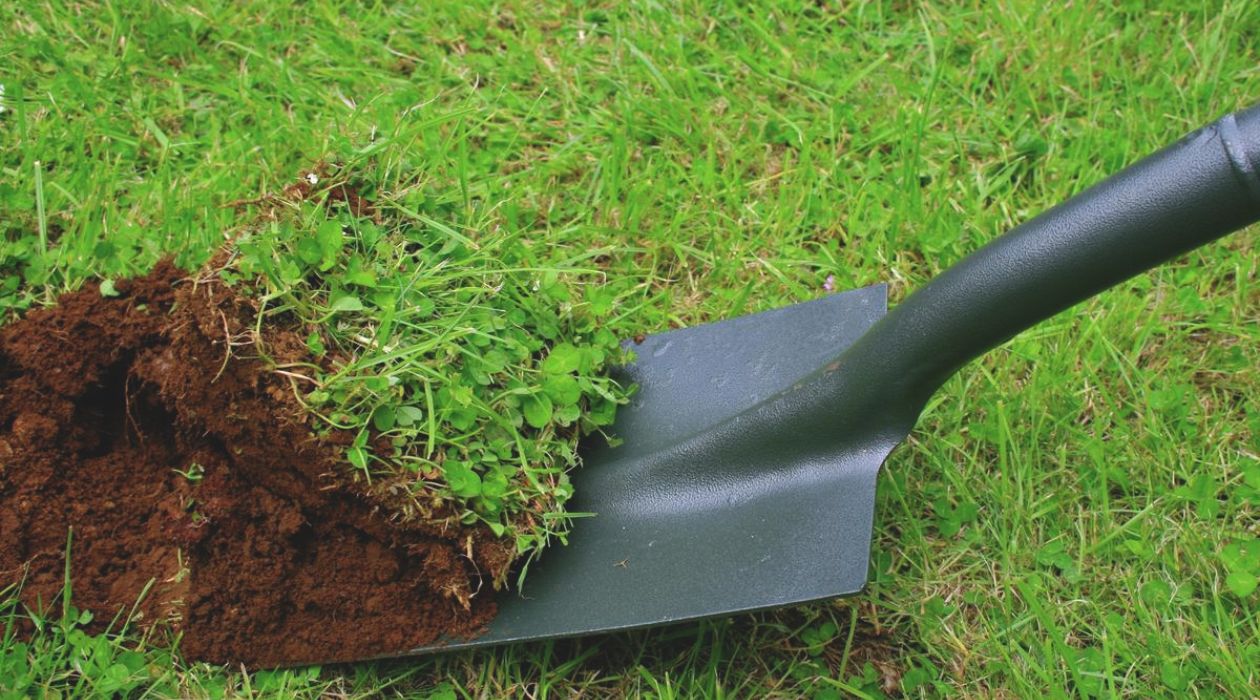
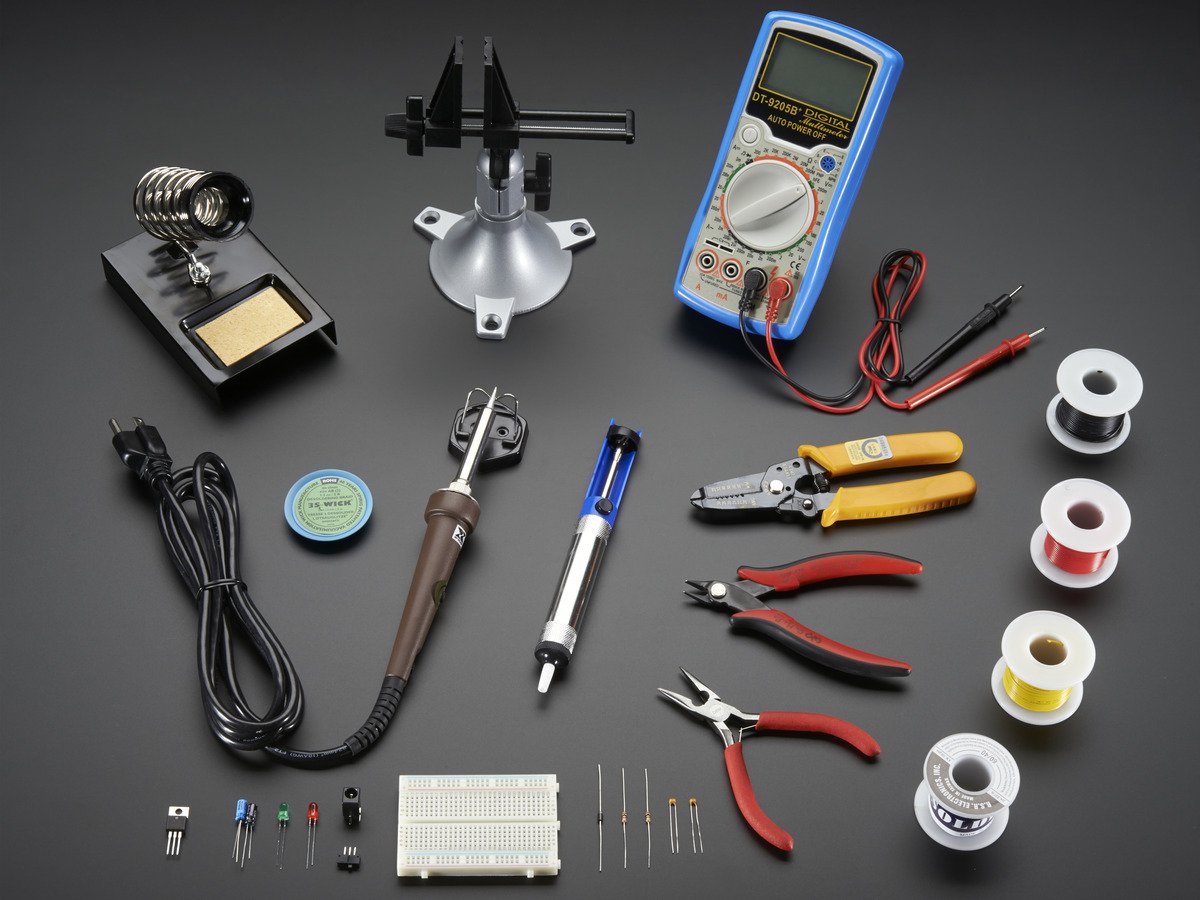
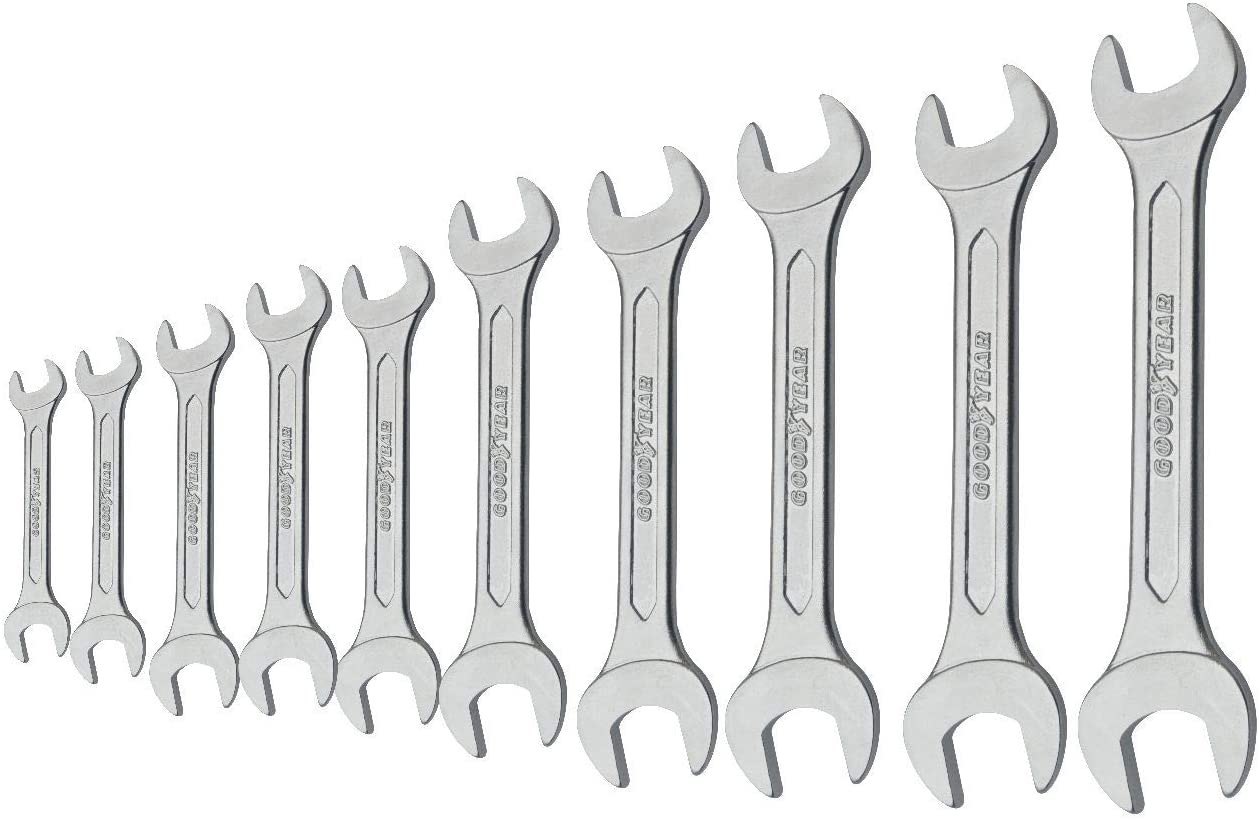
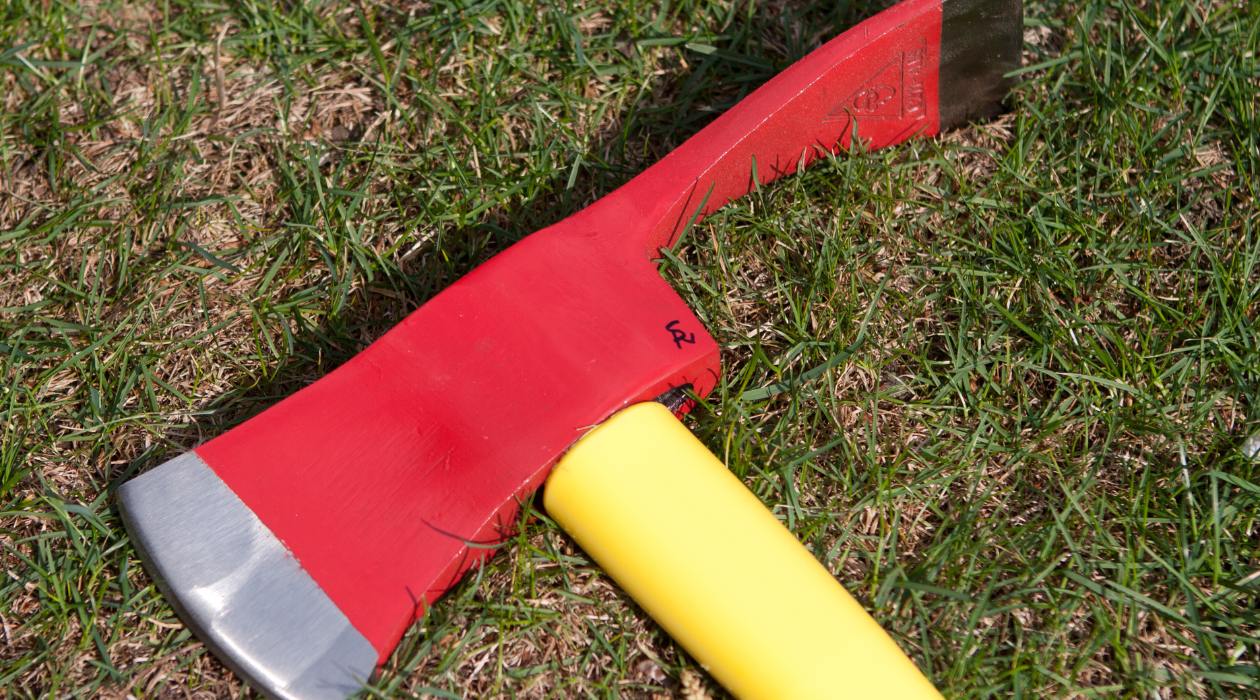
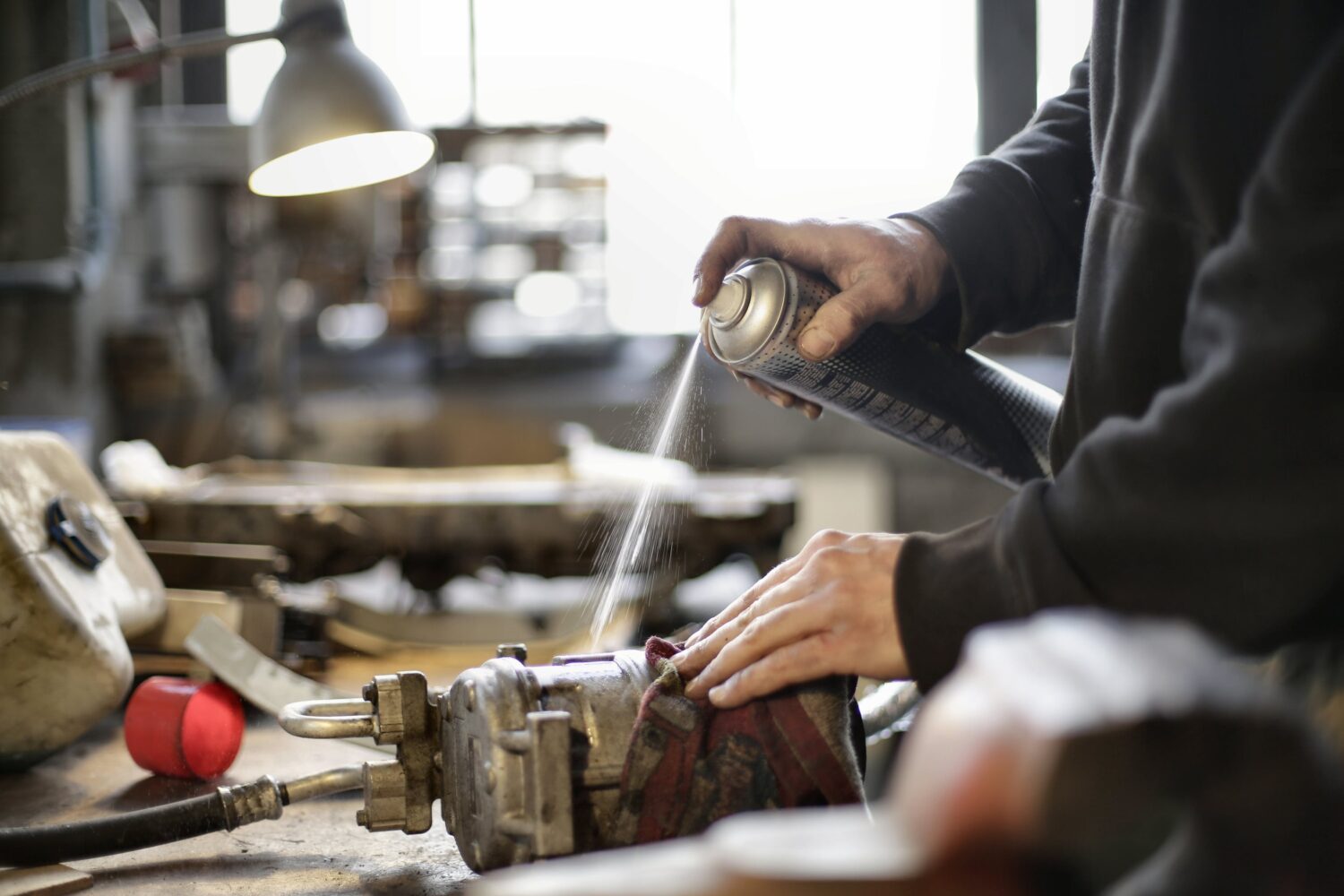
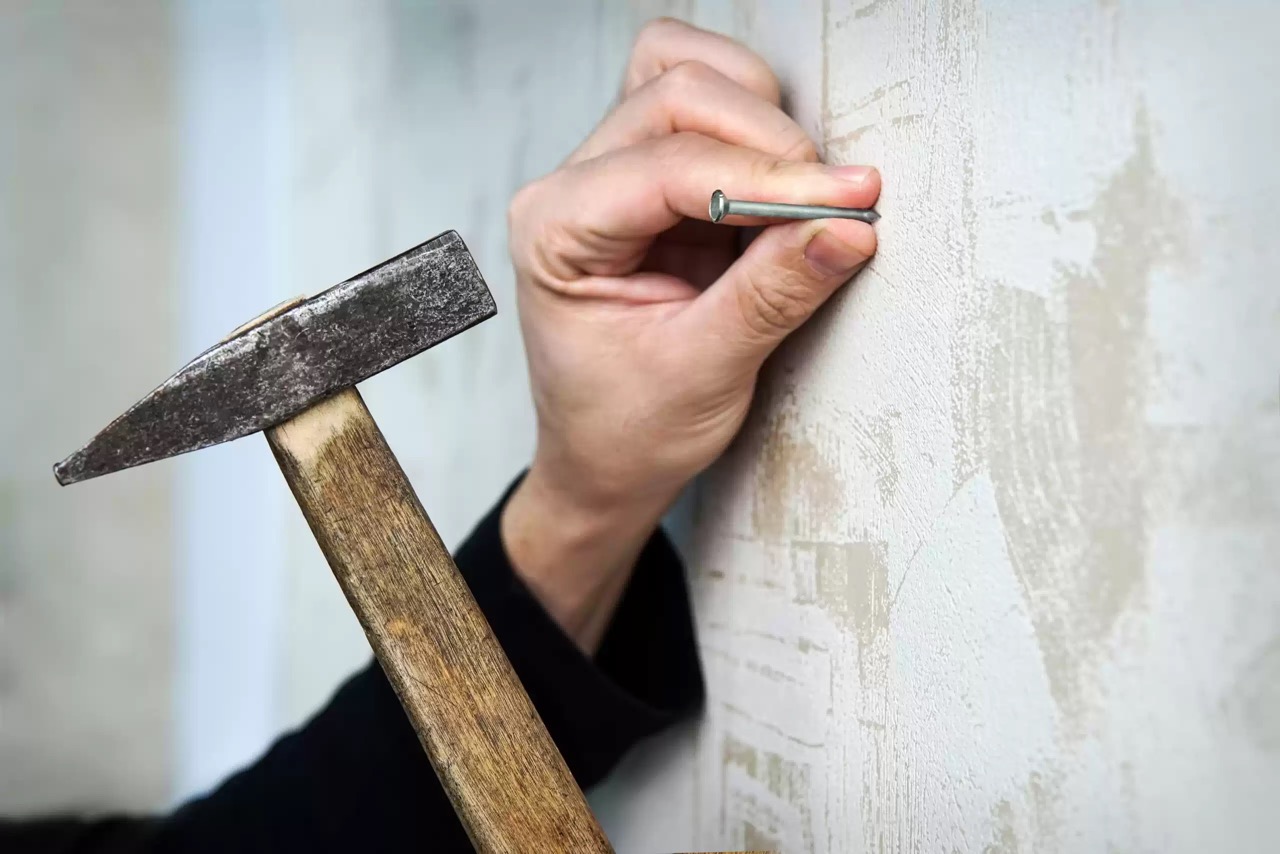
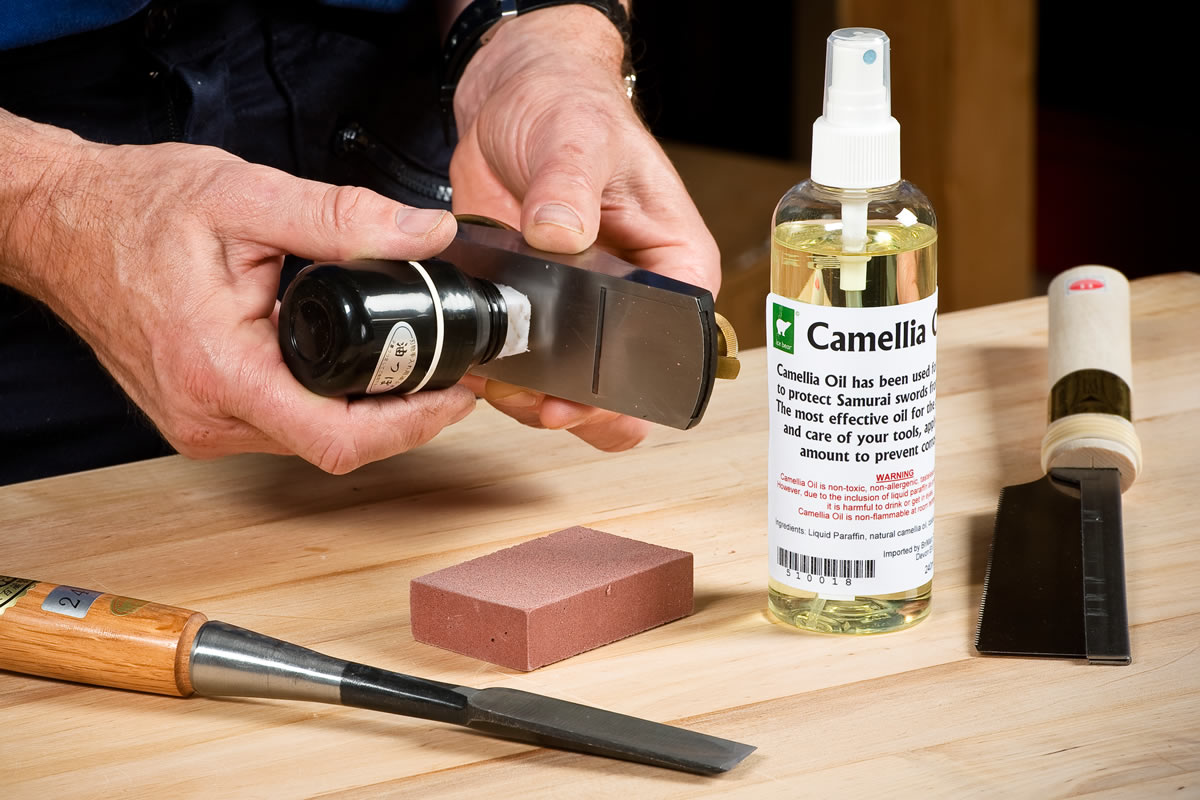
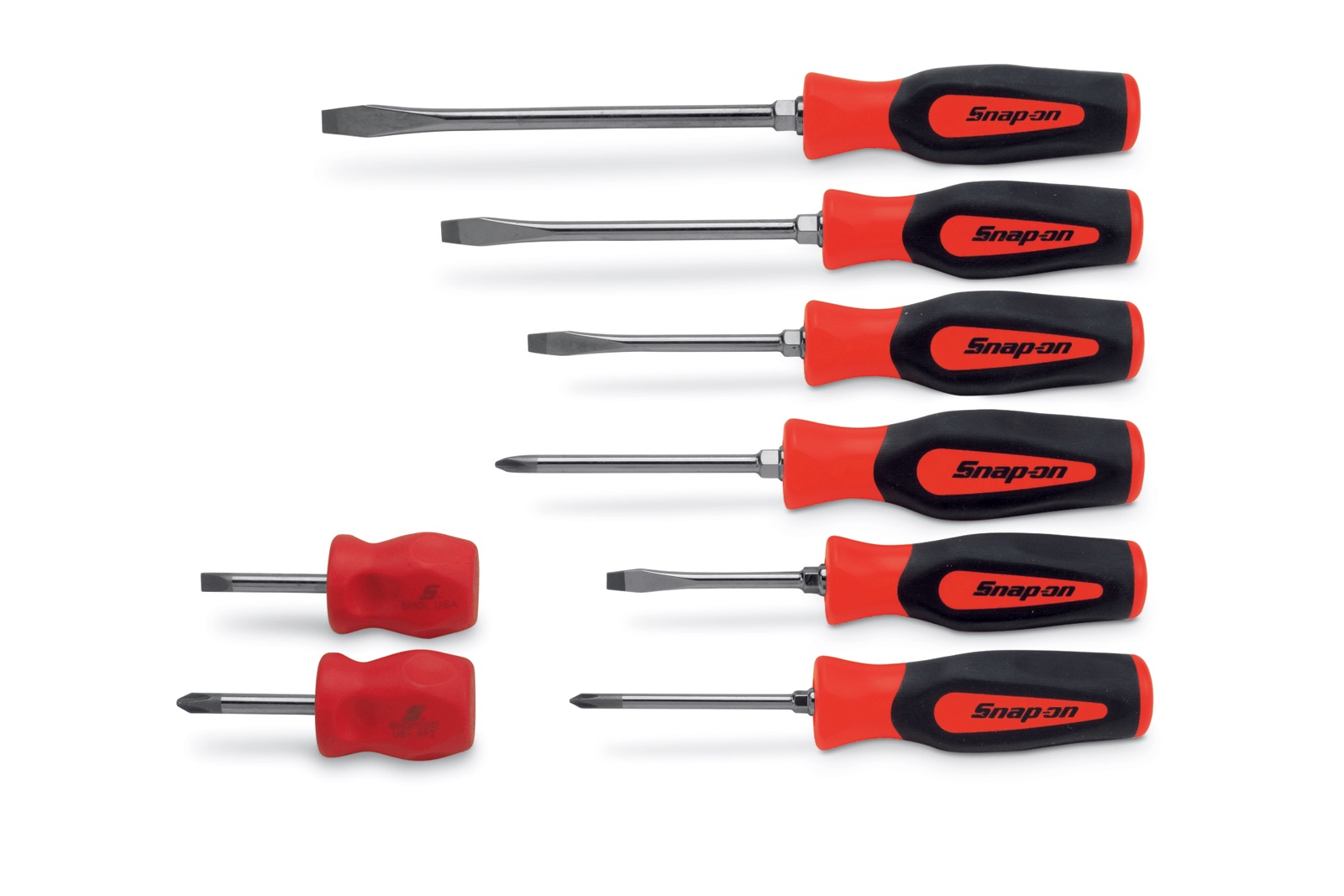
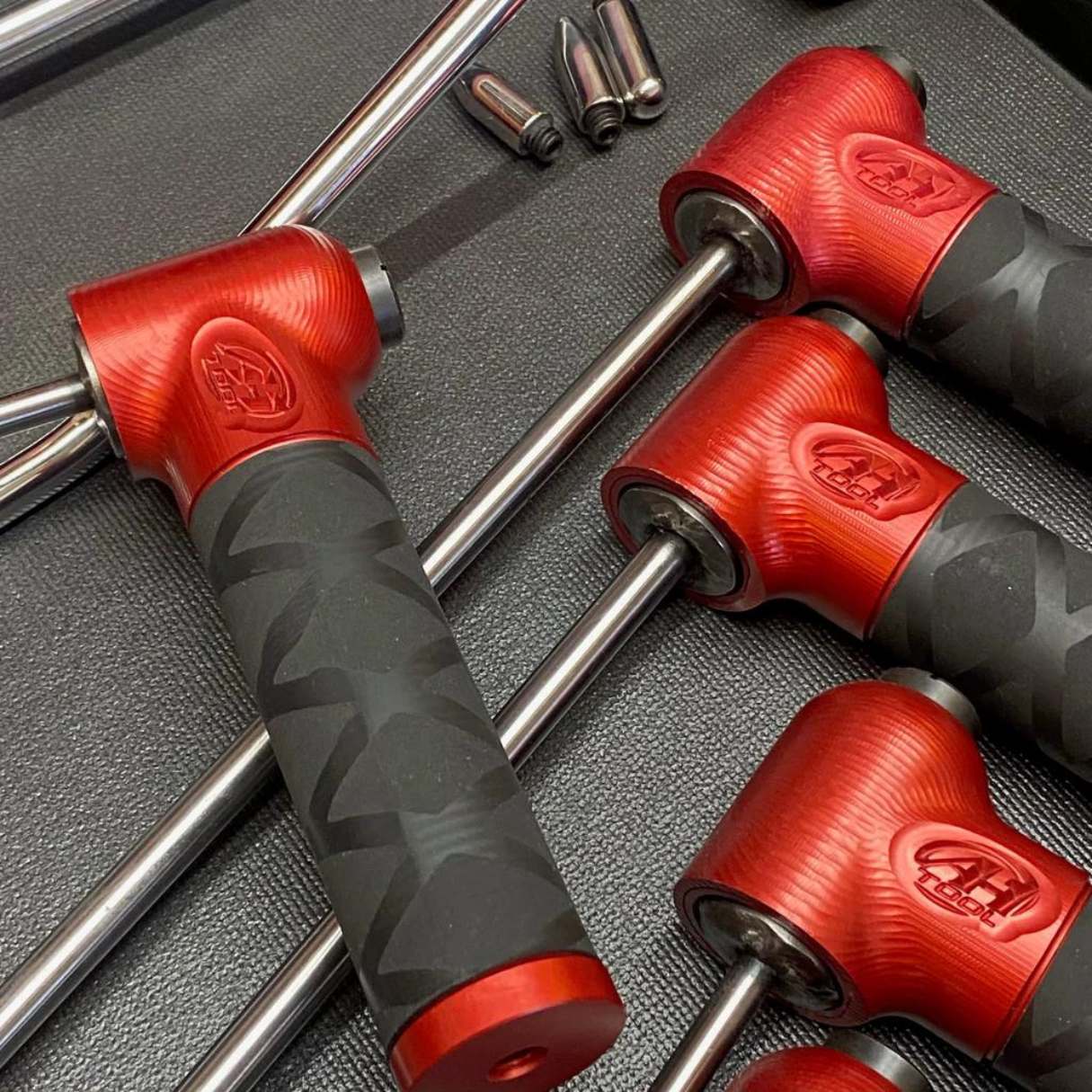
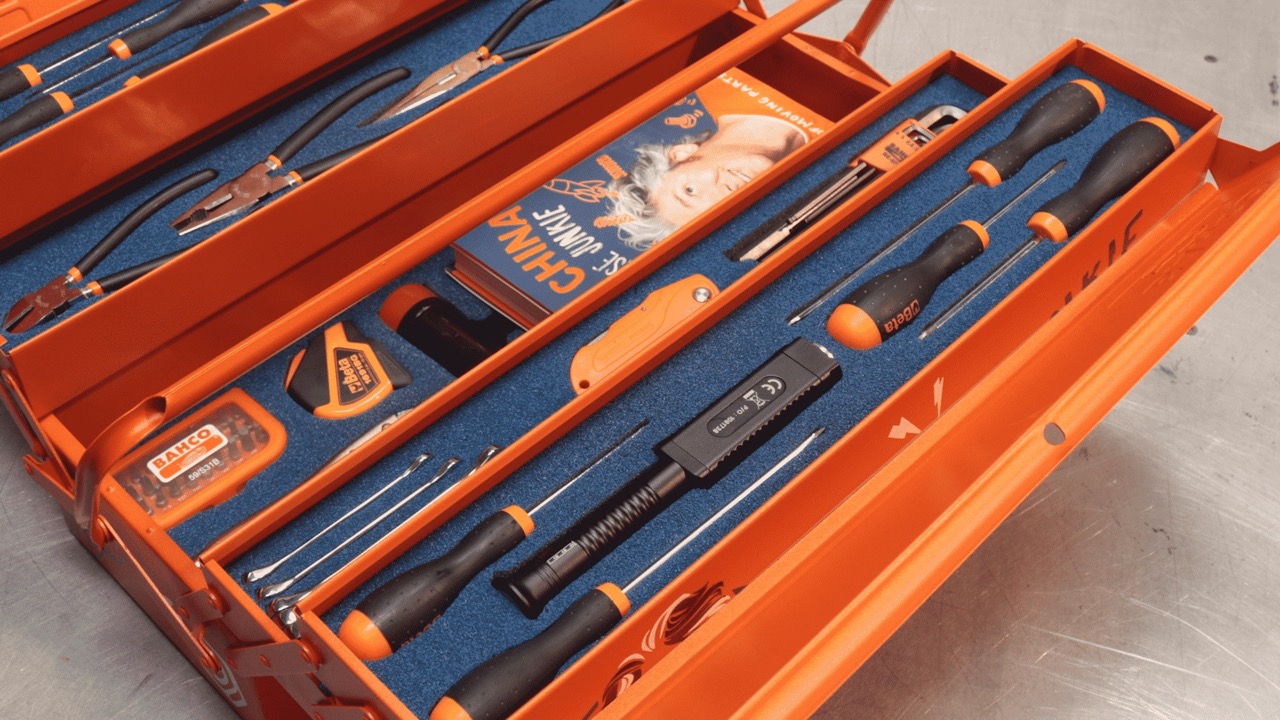
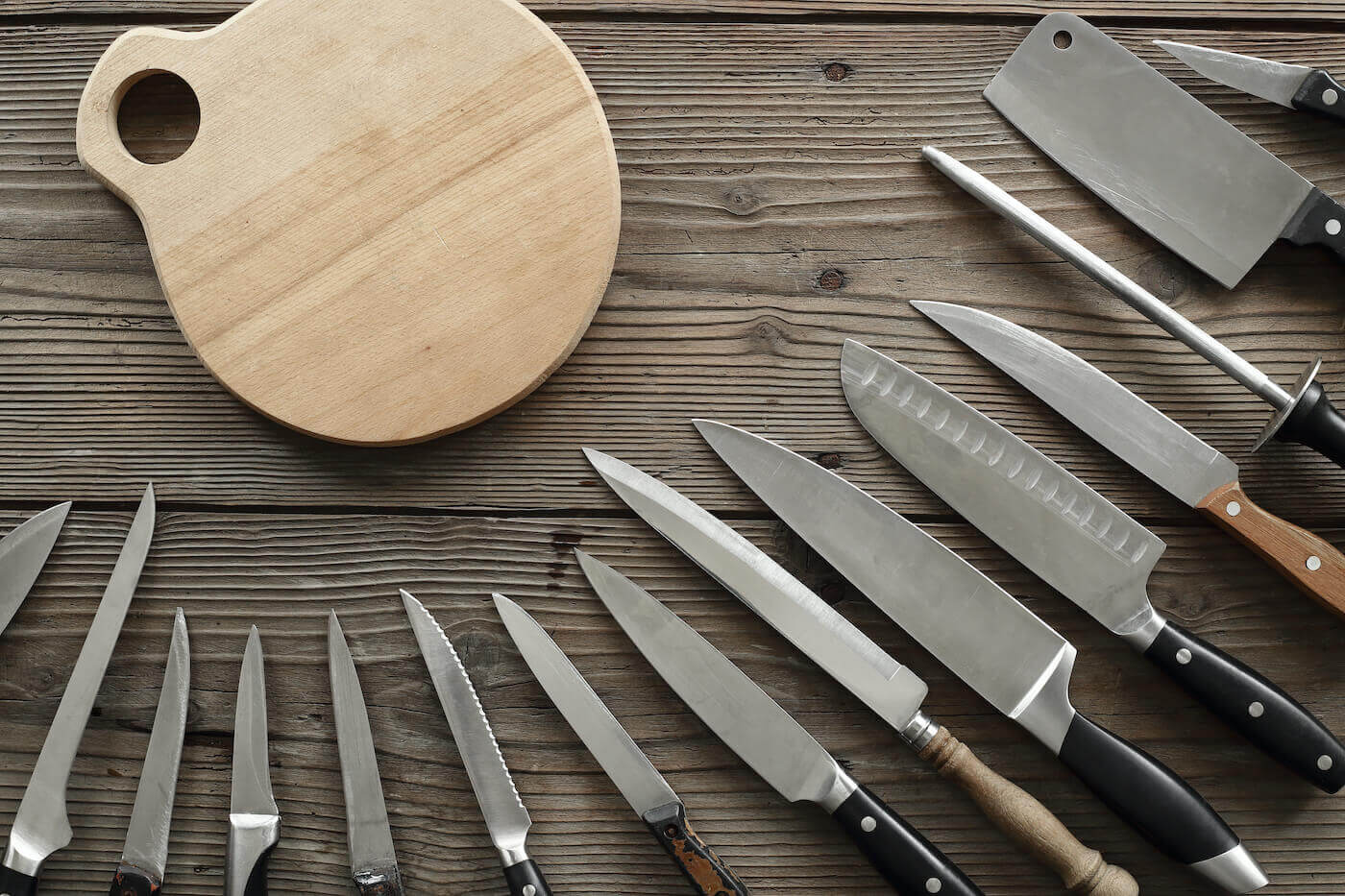
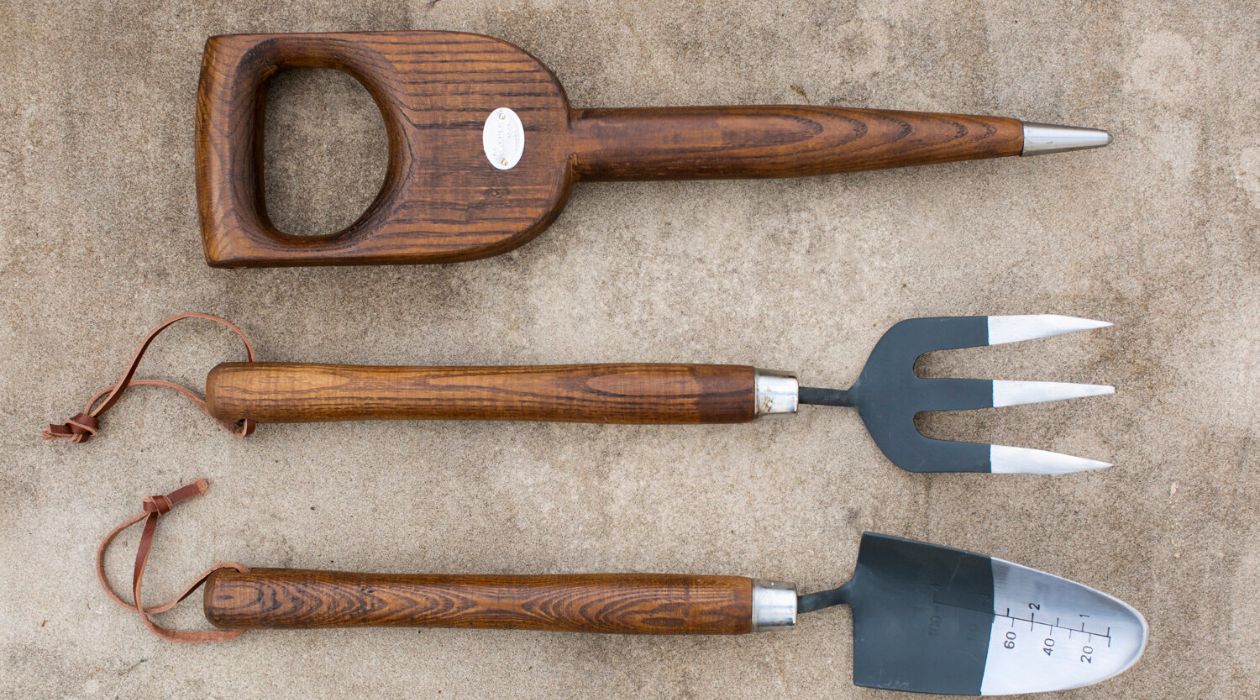
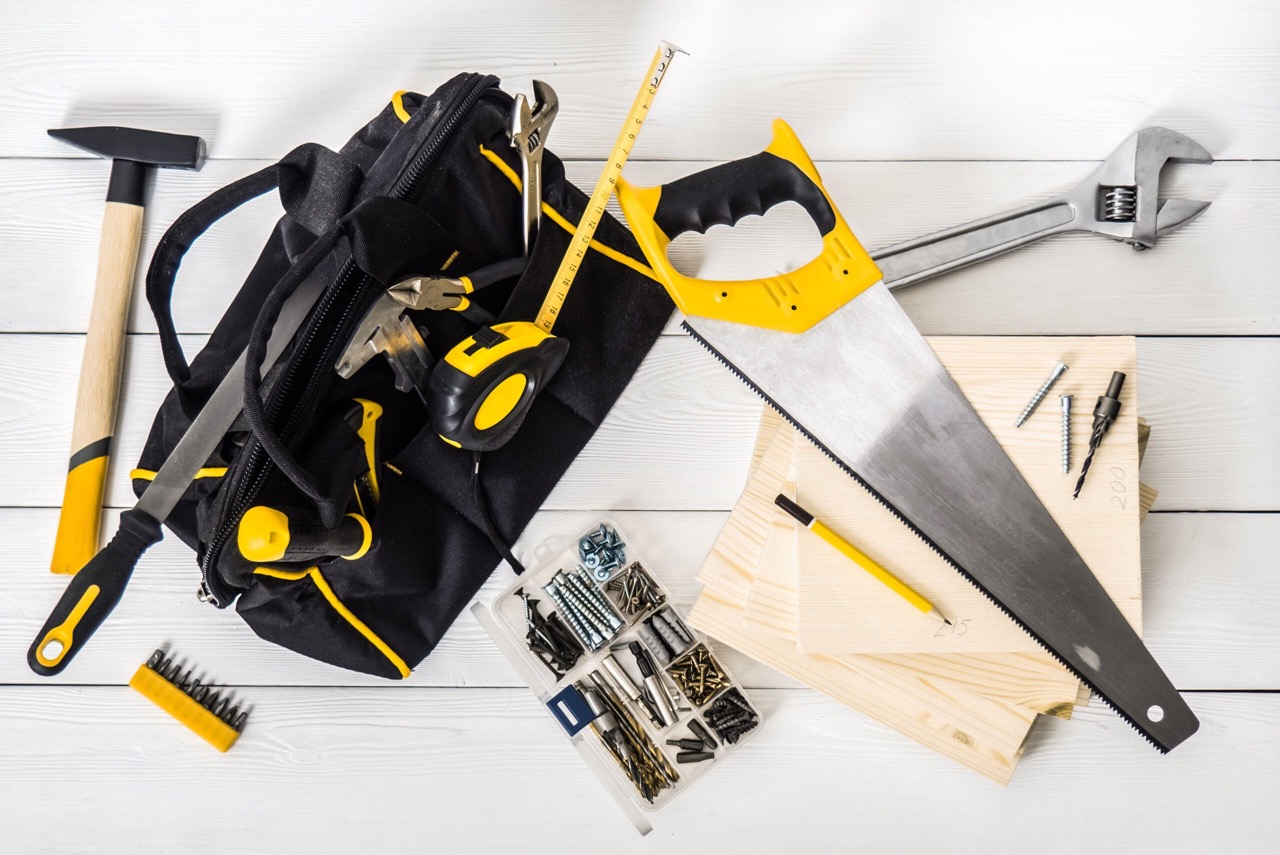

0 thoughts on “What Hand Tools To Use For Etching”